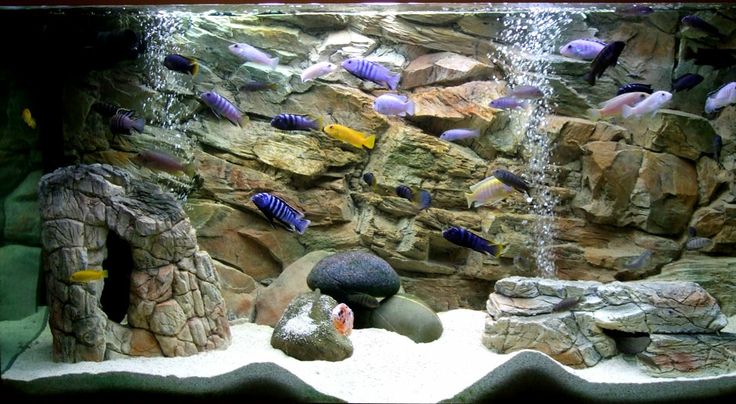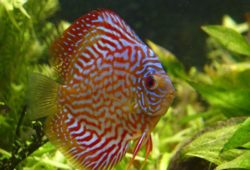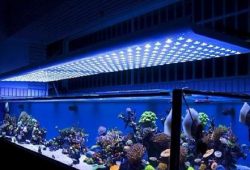PROS & CONS of Rocks and Driftwood
In this article I share what I learned about PROS & CONS of Rocks and Driftwood. Rocks and driftwood in an aquarium can be essential for creating both visual depth and character. Each piece of driftwood/rock is unique, allowing you to experiment with a wide range of set-ups and let your imagination dictate how well these tank ornaments look in your tank. Rocks and driftwood are relatively inexpensive, often ranging from around $8 to $40 depending on the size of the piece.

Not sure whether rocks and driftwood would make good additions to your tank? See below for a quick list of pros and cons!
Contents
Pros:
Enhances the “natural look”
Rocks and driftwood enhance the “natural” look of the tank because they are objects that would normally be found in the habitats of fish. This avoids a cheesy feel to an aquarium that some fish keepers prefer. Driftwood also release tannis, a natural acidic compound in wood that will stain your tank a slight yellow color, similar to natural river water.
Low maintenance
Once they have gone through the preparing stages, rocks and driftwood have relatively low maintenance, and are easy to rearrange at a later time.
Fish LOVE them
many fish will be absolutely delighted by the addition of driftwood or rocks. For example, your Plecos will be much happier in a tank with driftwood because it provides them with essential nutrients they cannot get from regular fish food. Rocks and Rock caves provide fish with territories and a nice base for spawning for some species.
Can be free
A great thing about these two additions to the tank are that they are readily available in a non-city setting. Suitable rocks can be found on the side of the road, in a forest, or at a nearby river. Driftwood from local lakes and rivers (make sure they’re dead wood!) can be used.
Cons:
Can Change the water chemistry over a long period of time: Tannis from driftwood can change the water chemistry to be more acidic over a longer period of time. This is generally not a problem as long as you keep up with your water changes and go through the driftwood preparing process. Some rocks are not suitable for your tank and will give off harmful minerals or gases. Limestone, which sharply raises the PH of the tank, should be one to particularly avoid. One recommended way to see if a rock is safe for your aquarium is to put them in a vinegar solution to see if it bubbles. If it bubbles, as a general rule you do not want it in your aquarium.
Requires Preparation
Because they are from nature, both rocks and driftwood must go through a cleaning and preparing process before they can safely be added to your aquarium. For driftwood, this involves two parts:
Scrubbing the wood and removing any splinters
Boiling the driftwood to kill any harmful bacteria and releasing much of the tannis
This boiling process is sometimes difficult (especially if you have a large piece of wood and not-so-big pots) and extremely time-consuming, often taking an entire day.
Rocks also must be scrubbed to remove and kill harmful bacteria, but contrary to common belief, should NOT be boiled under any circumstance. The reason is that if there is any water trapped within the rock, it can cause the rock to explode while boiling, potentially destroying your kitchen and harming you. To kill harmful bacterial, pour boiling water over the rock instead (thereby containing the heat on the surface of the rock only).
Can have sharp edges
As they are not man-made, rocks and driftwood can potentially have sharp edges that can harm you or your fish. If you do find a sharp edge, try your best to round it out via scrubbing or other measures.
A Limited Selection
Depending on where you live, you may not be able to find the rocks and driftwood that you want locally. Chain pet or fish stores rarely carry rocks driftwood, preferring manufactured fish tank decorations that are easier for them to acquire.



